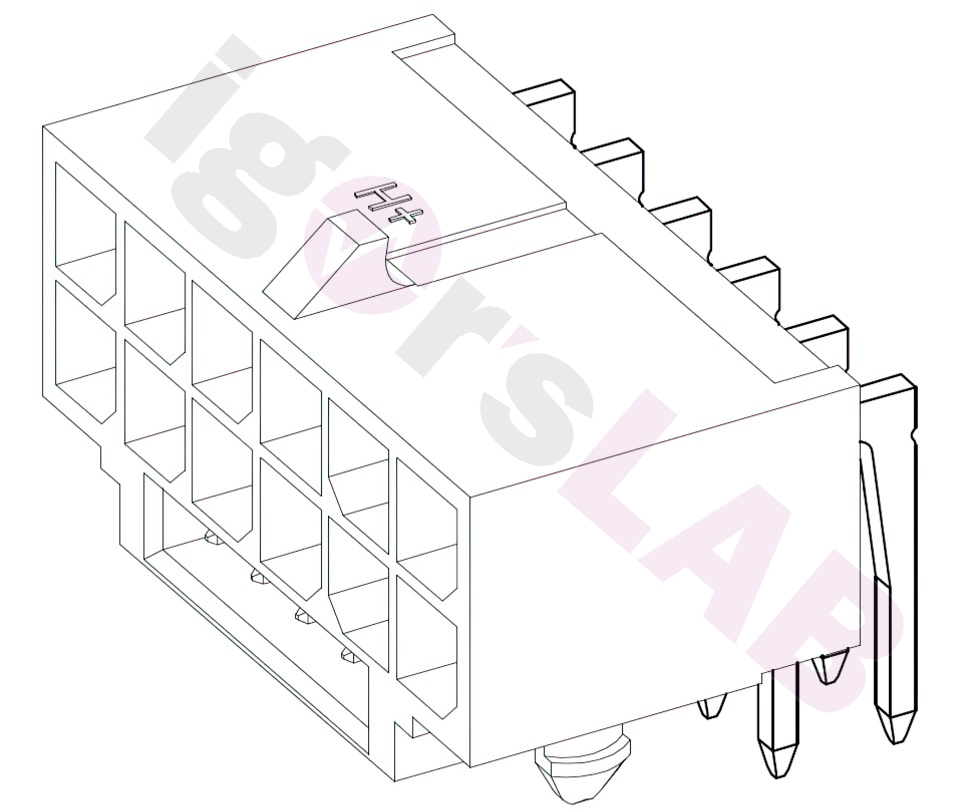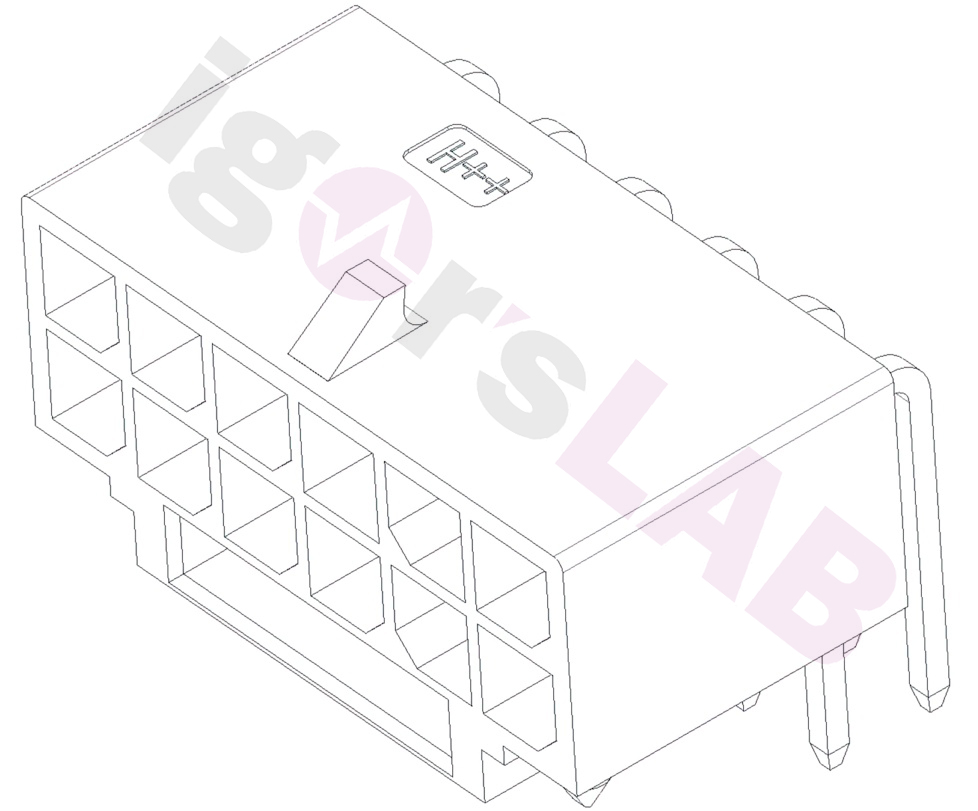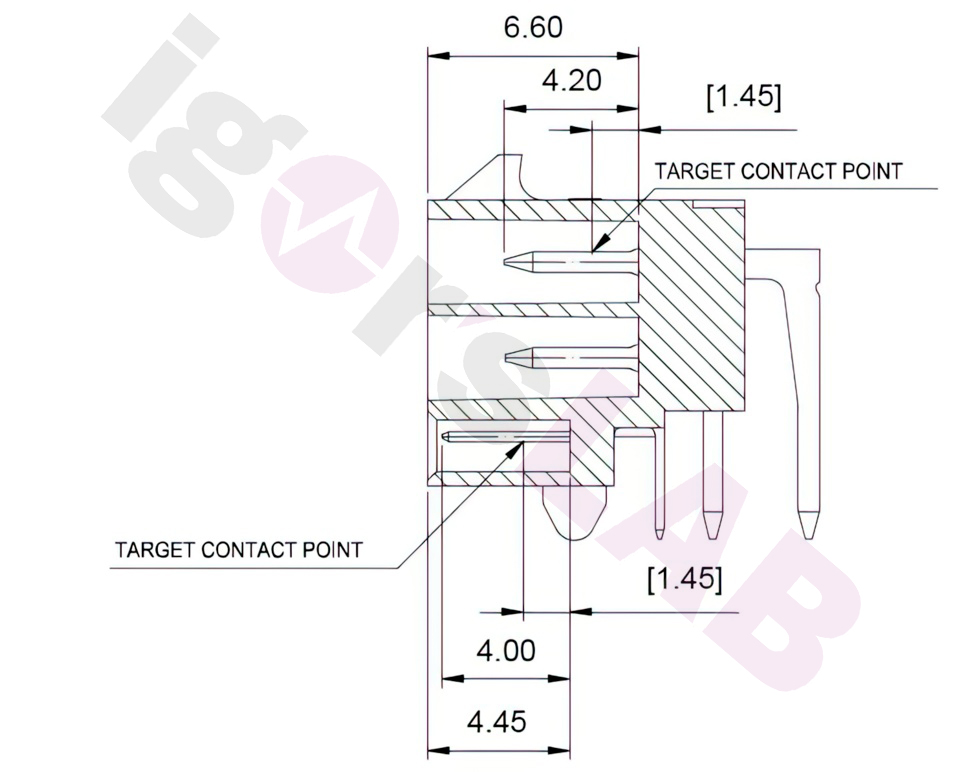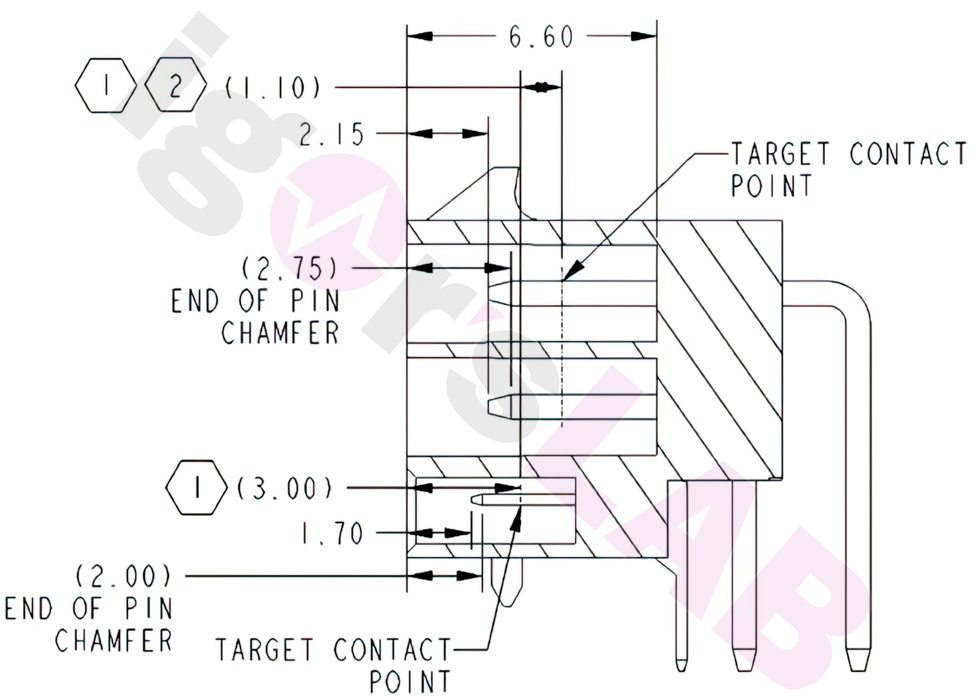Zarathustra[H]
Extremely [H]
- Joined
- Oct 29, 2000
- Messages
- 39,111
Or so says Igor:
https://www.igorslab.de/en/rest-in-peace-12vhpwr-connector-welcome-12v-2x6-connector/
According to Igor it is slated to be replaced with a new connector (which looks very much like the old connector) called 12V-2×6, and supporting up to 675w.
As far as I am concerned, I am glad to see 12VHPWR go the way of the dodo, but IMHO this thing should never have launched in the first place. it was a design blunder.
All of that said, to me it looks more like a design revision than a new connector, but I am at least happy they are doing something.
https://www.igorslab.de/en/rest-in-peace-12vhpwr-connector-welcome-12v-2x6-connector/
According to Igor it is slated to be replaced with a new connector (which looks very much like the old connector) called 12V-2×6, and supporting up to 675w.
As far as I am concerned, I am glad to see 12VHPWR go the way of the dodo, but IMHO this thing should never have launched in the first place. it was a design blunder.
All of that said, to me it looks more like a design revision than a new connector, but I am at least happy they are doing something.
Last edited:
![[H]ard|Forum](/styles/hardforum/xenforo/logo_dark.png)





